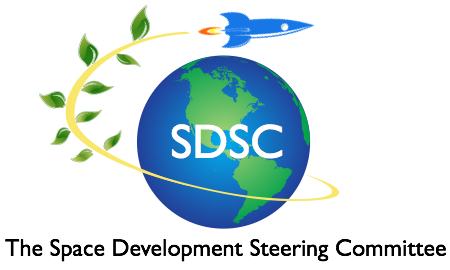NASA intends to land a man and a woman on the moon by 2024. This time not just to plant flags and footprints, but to stay. However, there’s a fly in NASA’s ointment. There is no place to stay on the moon. No nice, comfy housing. There’s no construction equipment to build that housing and to bury it so it’s safe from radiation. There’s no means to produce water and oxygen. There’s no greenhouse garden to produce food.
The Space Development Steering Committee, a group of space experts founded in 2005 at the urging of Buzz Aldrin, proposes a solution. NASA currently spends three billion dollars a year on a rocket called the Space Launch System and a crew capsule called the Orion. Both of these will be obsolete before they are ever launched. The Space Development Steering Committee proposes terminating these programs and putting the money into developing space infrastructure. Specifically,
· Power generation equipment—solar and small-scale nuclear;
· Construction equipment that can withstand machine-destroying lunar dust;
· Housing underground to protect against radiation;
· Ice harvesting machinery able to produce drinkable water, breathable oxygen, and rocket fuel; and
· Underground greenhouse farms.
Why? No one but NASA is prepared to invest the money for these necessities.
That’s not true of rockets, where the Space Development Steering Committee believes that NASA is currently wasting its money. SpaceX is developing its Starship, capable of carrying 100 passengers or over 100 tons of cargo into space. The SpaceX Starship is also capable of landing on the moon. And capable of housing its passengers in space and on the surface of the moon in cruise-liner comfort.
NASA’s Space Launch System cannot land on the moon. Nor can NASA’s Orion. A moon program that depends on these two vehicles cannot reach the surface of the moon.
Merely getting to orbit and NOT landing on the moon will cost roughly a billion dollars per passenger using NASA’s Space Launch System and Orion. But landing a passenger on the moon’s surface will cost $650 thousand per passenger using the SpaceX Starship. In other words for the price of one passenger on NASA’s SLS and Orion, you could send 1,538 passengers to the moon on SpaceX’s Starship. And your chances of getting to the moon by 2024 go up dramatically using the Starship. Three Starship prototypes have already taken to the air and have landed safely on the ground again. Nothing of this sort is true of the Space Launch System.
In other words, NASA will soon be able to buy tickets to the moon on the SpaceX Starship. Which is why NASA needs to let private industry get us to the moon and has to put its money into something private industry cannot deliver—power generation, construction equipment, housing, ice-harvesting, and lunar farming.
The Space Development Steering Committee was founded by Howard Bloom in 2005 at the urging of Buzz Aldrin. The SDSC is an expert group with members from NASA, the National Science Foundation, Northrop Grumman, and the National Space Society. Bloom is a scientific thinker and the author of seven books, including the new Einstein, Michael Jackson & Me: a Search for Soul in the Power Pits of Rock and Roll.
